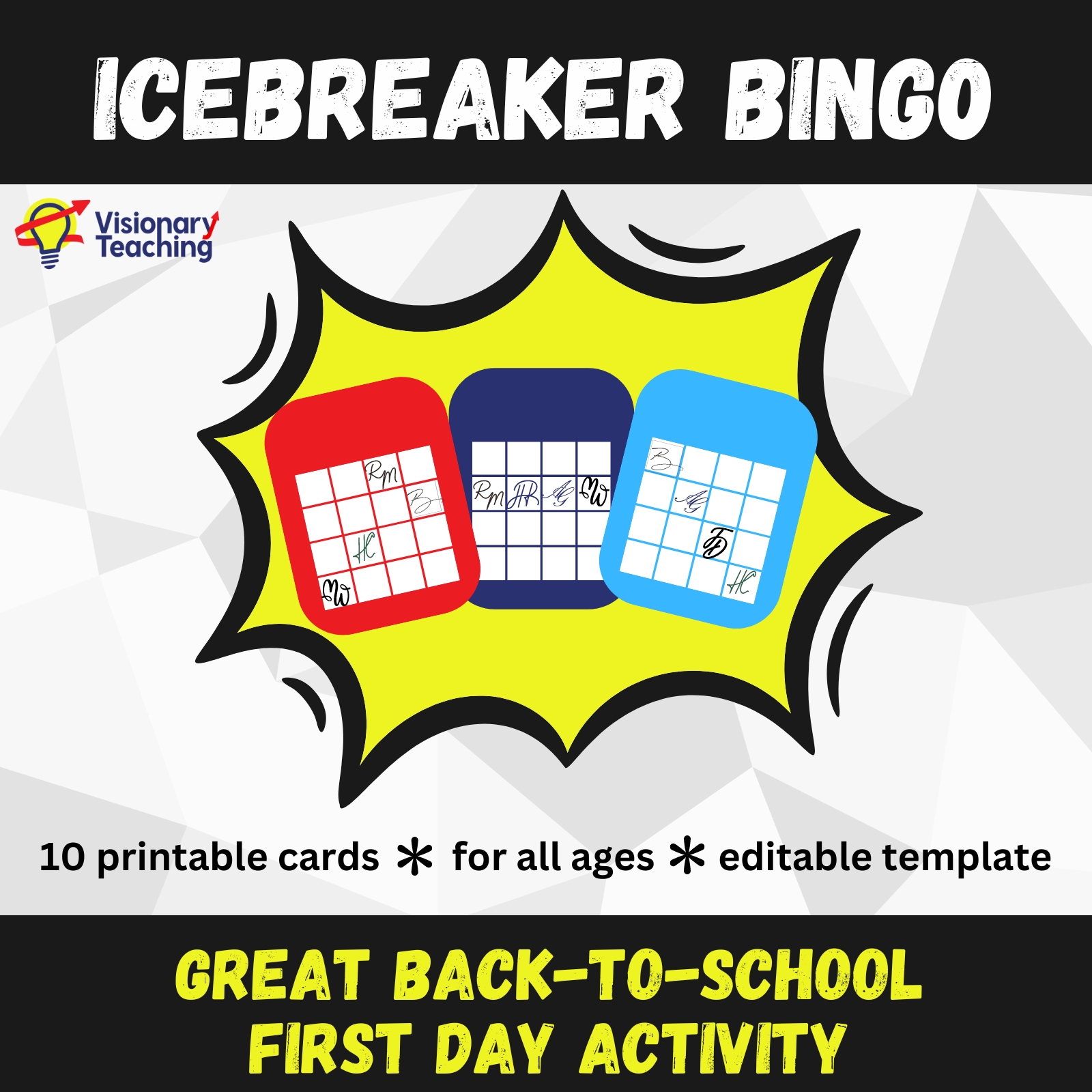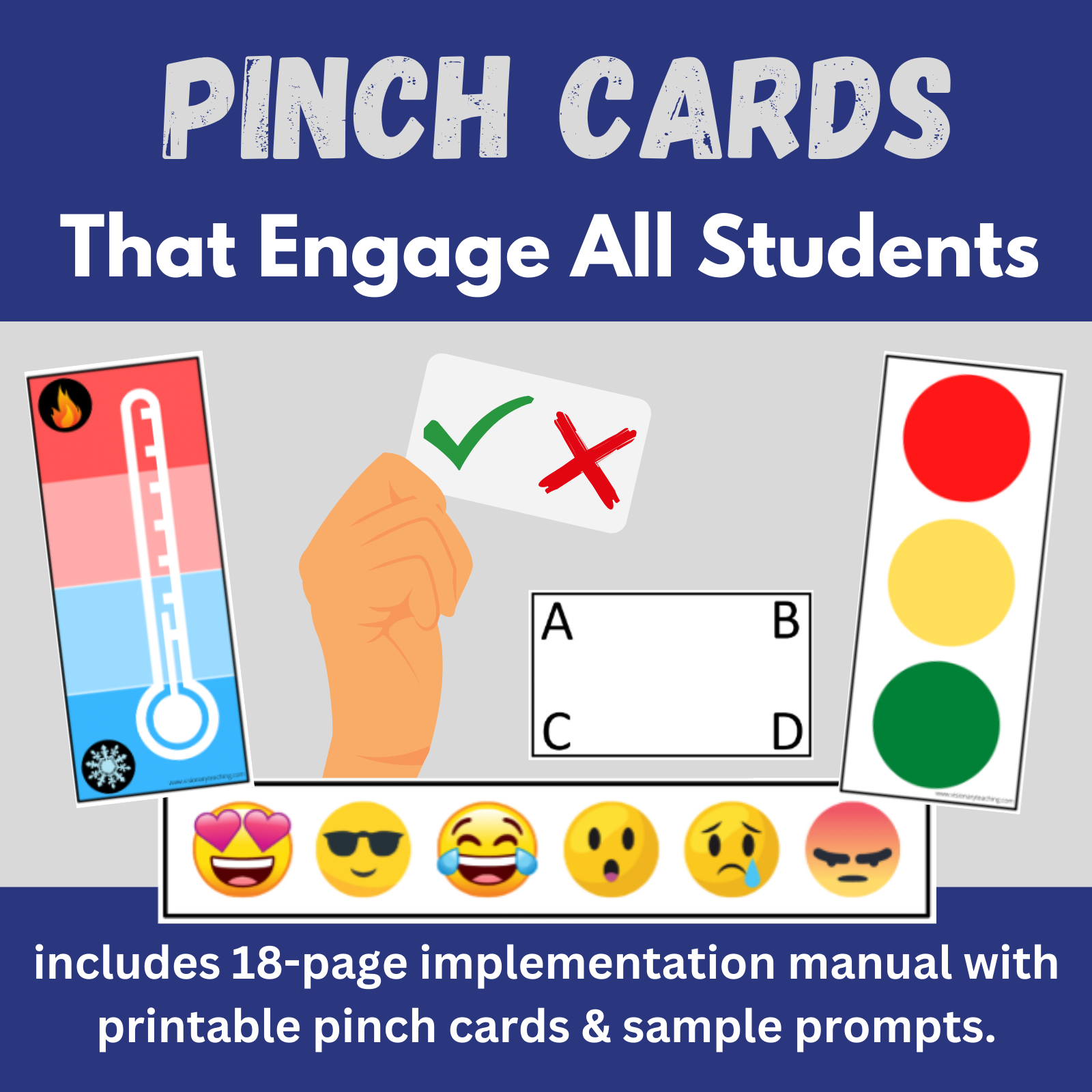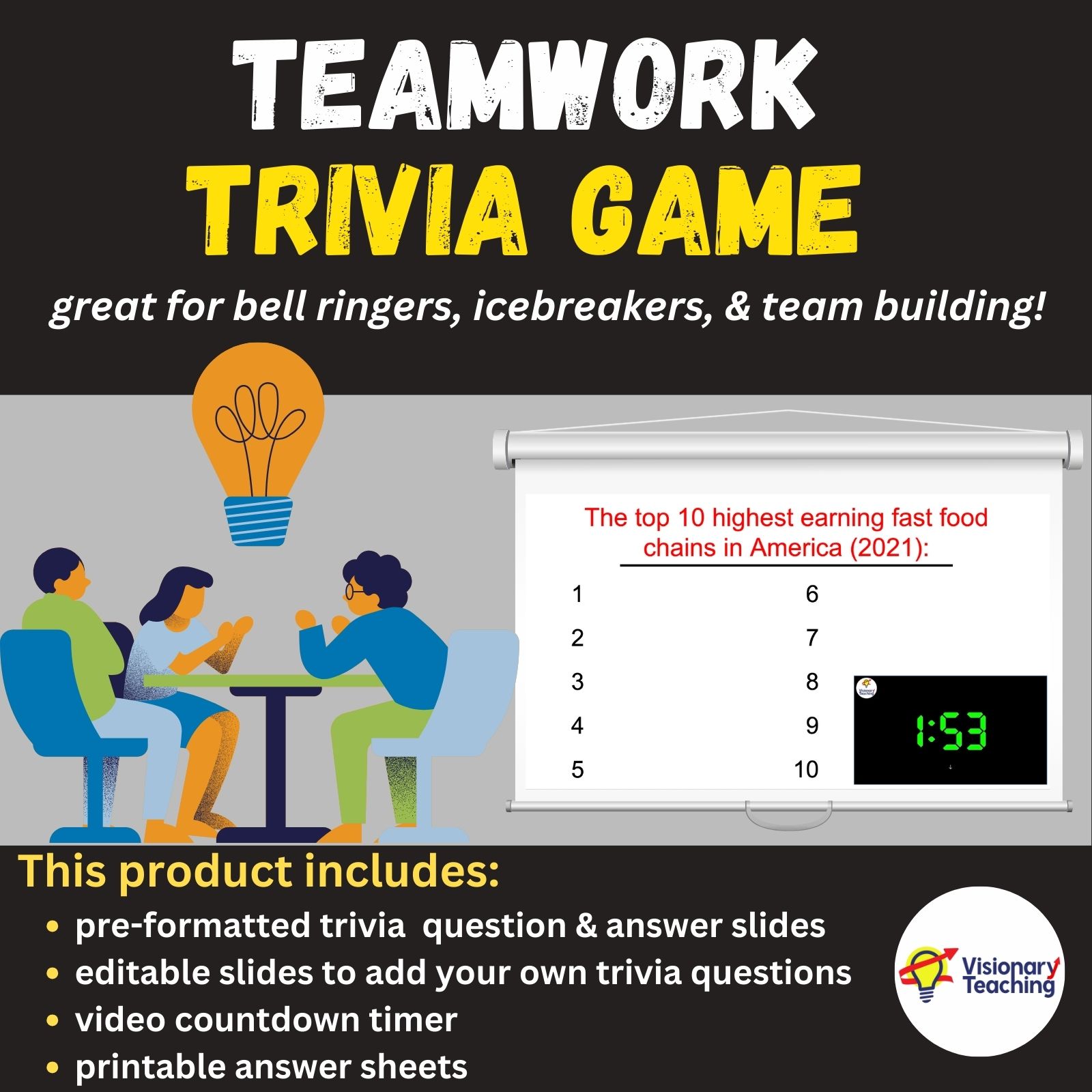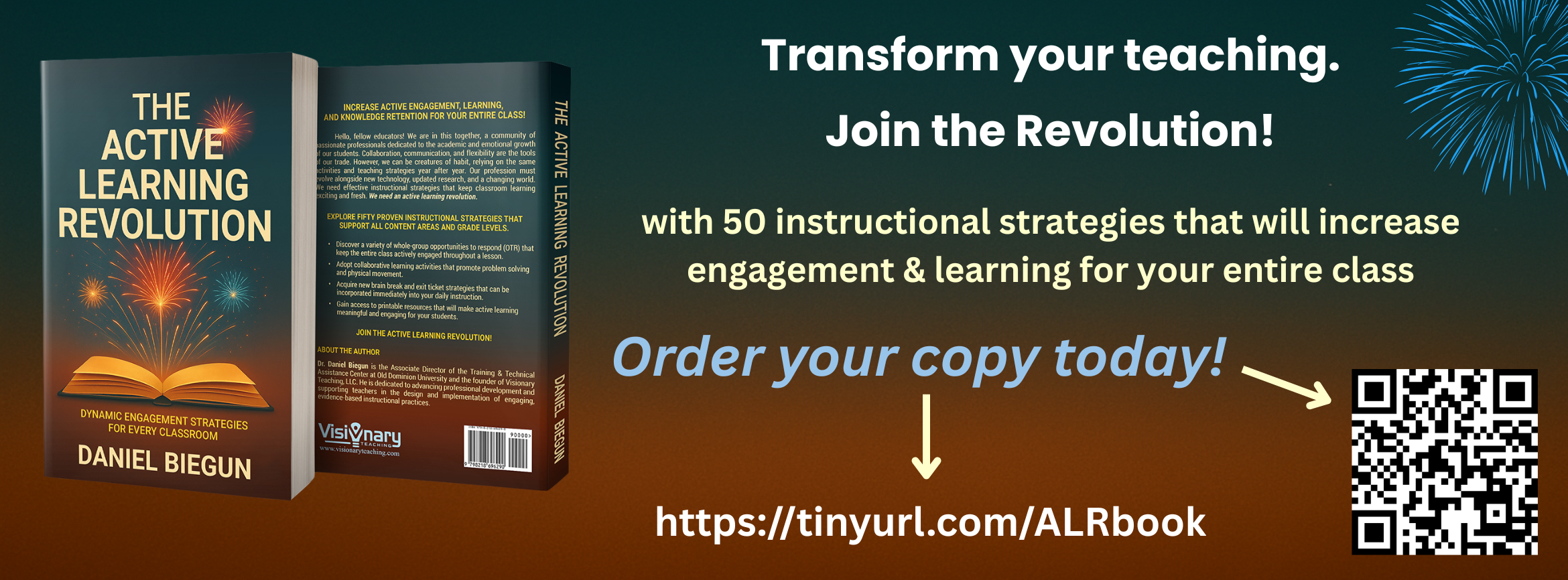
Students should never be mere spectators during the IEP process. As educators, we must work to address any barriers that limit a student’s voice from being at the forefront. (Biegun, Peterson, McNaught, & Sutterfield, 2020).
When some of us hear the term student-led IEP, we might envision a student sitting at the head of the table and running the meeting. If possible, this degree of leadership would be great, but for many students with disabilities, leadership may look different.
It is important to note that the nature of a student’s disability should not preclude opportunities for leadership. For example, verbal communication is not a prerequisite for IEP leadership. A student can communicate preferences, interests, and goals in her/his own way. If a student is struggling to participate in the IEP process, we might consider: Is it because of disability or is it just a lack of experience? Perhaps the student has never been asked to give her thoughts and ideas about an IEP before?
Before we discuss what should happen, let’s acknowledge what typically does happen. The graph below represents the percentage of time that team members talk during meetings.
Who Talks During IEP Meetings?
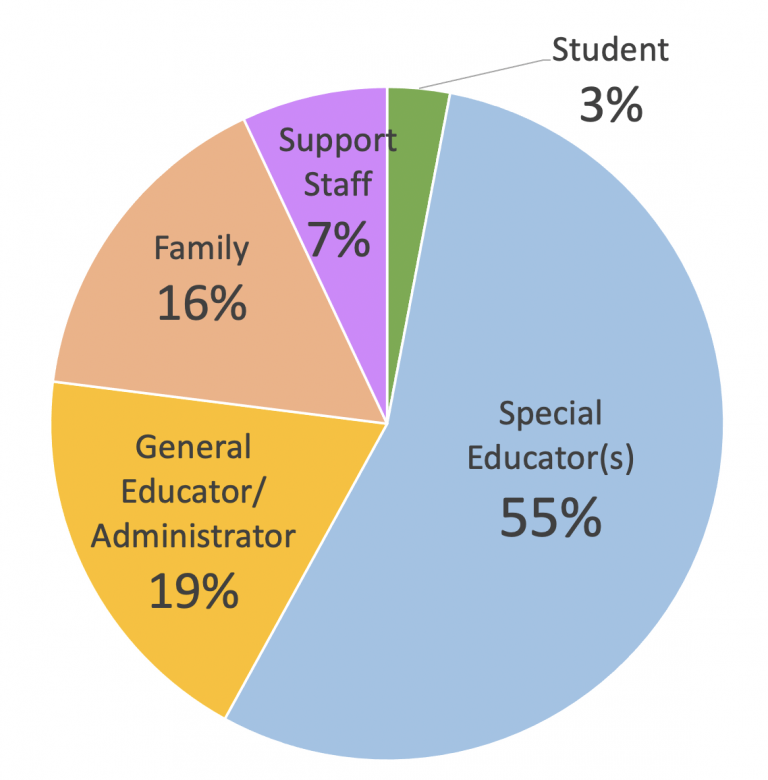
As you can see, IEP meetings are heavy on adult talk and extremely light on student input. We should also acknowledge that the annual IEP is not just a document and a single meeting, but a process of setting meaningful goals, tracking progress, celebrating strengths, and identifying needed supports. This process offers an invaluable opportunity for students to sharpen their self-determination skills and begin exerting a greater measure of control over their own lives.
As the pie graph above illustrates, teachers tend to be the driving force behind IEP development. This does not produce optimal results. When teachers lead the process:
- Students may not know why they are meeting or what is expected of them.
- Goals may not represent the student’s interests & preferences.
- Students don’t develop important self-determination skills that will help them in their adult lives.
Let’s explore 3 strategies that can prepare students with disabilities to take leadership during the IEP process.
Teach Vocabulary Related to the IEP
Students should have an understanding of the IEP components and related terms that are used in the document and during the meeting. This often requires direct instruction prior to the development of the IEP. Does your student understand what an IEP is? What about terms like goals, accommodations, least restrictive environment, or transition?
As special educators, we work hard to reduce jargon in order to help parents feel more comfortable. Equal care should be given to help students understand what is being written and discussed. Consider this Student Rubric for IEP Participation to help your students self-assess their understanding of, and involvement in, the process.
Seek Student Input While Developing the IEP
The present level section of IEPs are typically full of comments such as “the parent stated…”, “the occupational therapist said…” or “according to an assessment…”. A student-led IEP should include plenty of information given by the student. It is absolutely appropriate to cite a student’s ideas and wishes in the document. Here are a few suggestions:
Present Level and Accommodations
Students can use the I’m Determined One Pager to identify and communicate personal strengths, interests, preferences, and needs. While this tool is a great way for a student to introduce himself at the beginning of a meeting, it can also be used as an informal assessment that helps you incorporate student input into the IEP document.
Annual Goals
The I’m Determined Goal Plan helps students learn to set meaningful goals that align with strengths and interests. This tool also encourages students to identify people who can offer support toward achieving a given goal. It is too easy for well-meaning educators to determine the best goals for a student. Involving a student in the process is an important component of a student-led IEP.
Hold Pre-Meeting Rehearsals
Think about all of the rehearsal opportunities that students have for extracurricular activities. Student athletes probably have practice every day. Students participating in band, orchestra, or drama rehearse regularly leading up to a performance. Students with disabilities would certainly benefit from opportunities to rehearse prior to an IEP meeting.
There are so many important skills to rehearse. During a simulated meeting, you can help a student learn how to introduce herself, ask great questions, or express personal strengths and interests. You might also teach your student how to appropriately excuse herself from a meeting if needed. For virtual meetings, allow students opportunities to practice using Zoom or whichever platform will be used. You might also consider inviting family members and other IEP team members to participate in rehearsals.
These 3 strategies are as easy as they are important. Remember that leadership during the IEP process will look different for each student. A younger student might begin IEP leadership simply by welcoming attendees and introducing herself at the beginning of a meeting. Some students may be eventually be prepared to facilitate portions of the meeting.
It is the student’s job to make sound decisions and develop leadership skills. It is our job to equip the student to do so.
Biegun, D., Peterson, Y., McNaught, J., Sutterfield, C. (2020). Including student voice in IEP meetings through use of assistive technology. Teaching Exceptional Children, 52(5), 348–350.


